Empowering Startups: A Comprehensive Guide to ChatGPT Integration
In the dynamic landscape of startups, where innovation and efficiency are paramount, integrating cutting-edge technologies is often the key to gaining a competitive edge. One such transformative technology is ChatGPT, a state-of-the-art language model developed by OpenAI. This comprehensive guide explores the myriad ways in which startups can leverage ChatGPT for various applications, ranging from customer support to content creation. We'll delve into the benefits of ChatGPT integration, the steps involved in the integration process, and practical tips to maximize its potential.

Understanding ChatGPT
Before we explore how startups can integrate ChatGPT, let's delve into what ChatGPT is and why it stands out in the realm of language models.
What is ChatGPT?
ChatGPT is part of the GPT (Generative Pre-trained Transformer) family developed by OpenAI. It is specifically designed for natural language understanding and generation, making it a powerful tool for conversational applications. Trained on diverse internet text, ChatGPT excels at understanding context, generating coherent responses, and adapting to various language tasks.
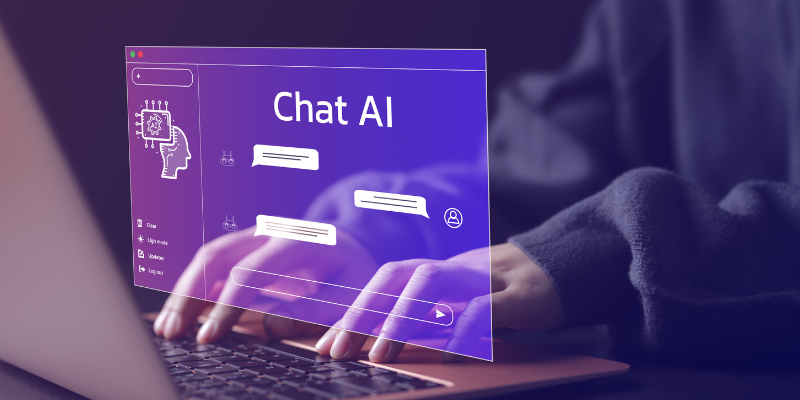
Key Features of ChatGPT
Natural Language Understanding:
ChatGPT can understand and generate text in a conversational manner, making it suitable for chat-based interfaces.
Contextual Awareness:
The model maintains context over a conversation, allowing for more coherent and contextually relevant responses.
Adaptability:
ChatGPT is versatile and can be fine-tuned for specific tasks, making it adaptable to a wide range of applications.
Ease of Integration:
OpenAI provides APIs (Application Programming Interfaces) that simplify the integration process, enabling developers to incorporate ChatGPT into their applications seamlessly.
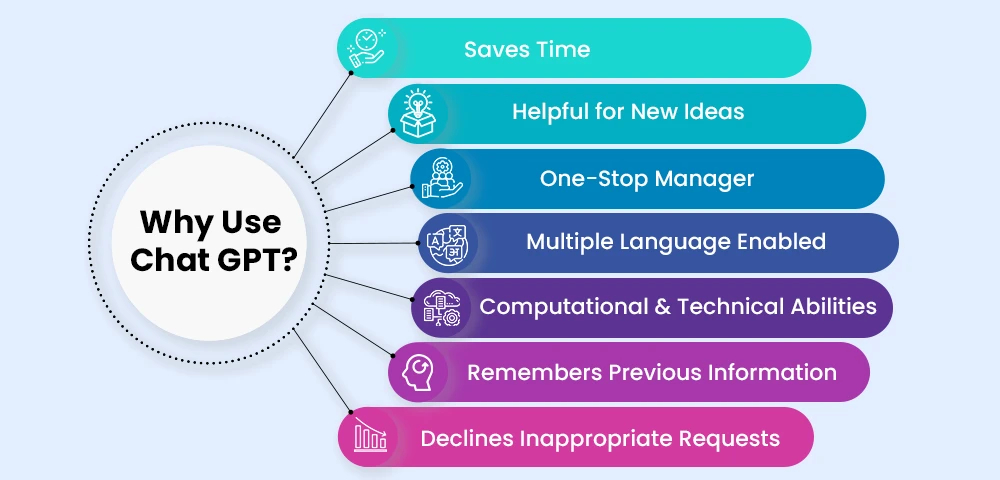
Source: pepper content
Benefits of ChatGPT Integration for Startups
Enhanced Customer Support:
- ChatGPT can be a virtual assistant, handling customer queries and providing instant, contextually relevant responses.
- Startups can offer 24/7 support, improving customer satisfaction and building trust.
Efficient Content Creation:
- Automate content creation processes by using ChatGPT to generate blog posts, marketing copy, and social media content.
- Speed up content creation while maintaining a high level of quality.
Interactive User Interfaces:
- Create engaging and interactive user interfaces with chat-based interactions powered by ChatGPT.
- Enhance user experiences and keep users engaged within your application.
Idea Generation and Brainstorming:
- Leverage ChatGPT's creative text generation abilities for brainstorming sessions and idea generation.
- Generate new concepts and explore innovative solutions to business challenges.
Language Translation:
- Integrate ChatGPT for language translation within your startup's applications.
- Break down language barriers and cater to a global audience.
Personalized Recommendations:
- Analyze user preferences and behaviors to offer personalized recommendations.
- Improve user engagement by tailoring content and suggestions based on individual preferences.
Time and Cost Savings:
- Automate repetitive tasks, saving time and resources for your startup.
- Focus on strategic initiatives while ChatGPT handles routine processes.
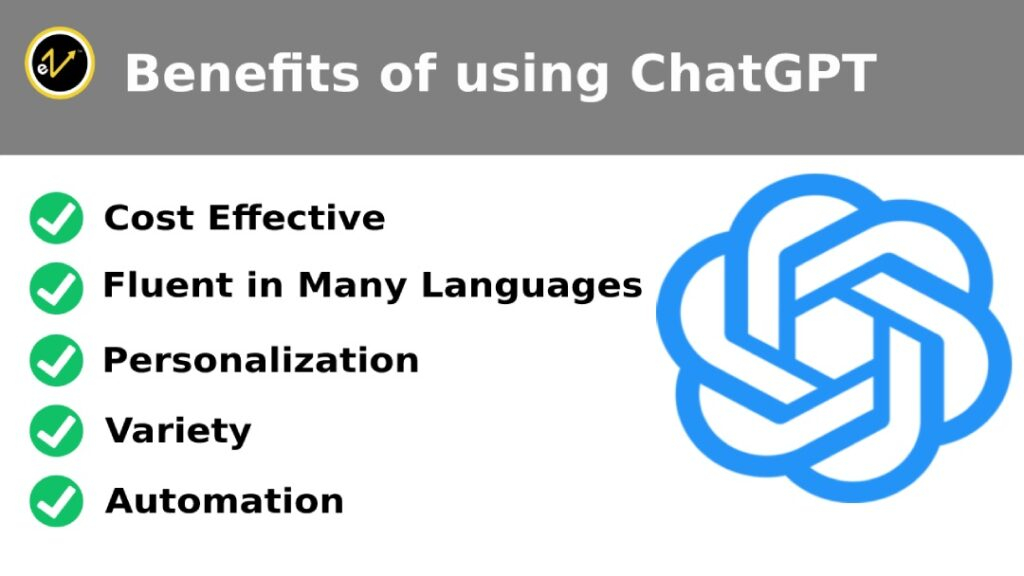
source: EZ ranking
Steps to Integrate ChatGPT for Startups
Now that we understand the potential benefits, let's walk through the steps involved in integrating ChatGPT into startup applications.
Acquire API Access:
- Sign up for OpenAI's platform and obtain API keys.
- API keys are essential for making requests to the ChatGPT API.
Set Up Development Environment:
- Ensure your development environment is equipped to make API requests.
- OpenAI provides client libraries and documentation to facilitate integration.
Understand API Request Format:
- Familiarize yourself with the format for making API requests to ChatGPT.
- Input prompts play a crucial role in obtaining desired responses.
Make API Requests:
- Use the API to make requests to ChatGPT, sending input prompts and receiving generated text as output.
- Experiment with different prompts to achieve the desired responses.
Handle Responses in Your Application:
- Integrate logic into your startup's application to handle responses from ChatGPT.
- Depending on the application, responses can be displayed in a chat interface or used to trigger specific actions.
Implement User Context:
- Enhance the conversational flow by maintaining context throughout the interaction.
- Send previous messages or context information with each request to ensure ChatGPT understands the ongoing conversation.
Fine-Tune for Your Use Case:
- Depending on your startup's specific requirements, consider fine-tuning ChatGPT.
- OpenAI provides guidelines for fine-tuning on custom datasets, allowing you to tailor the model to your application.
Ensure Security and Privacy:
- Prioritize security and privacy when integrating external APIs.
- Implement encryption and follow best practices to protect user data and ensure a secure user experience.
Thorough Testing:
- Before deploying the integrated ChatGPT, conduct thorough testing.
- Identify and address potential issues, such as incorrect responses or unexpected behavior, to ensure a seamless user experience.
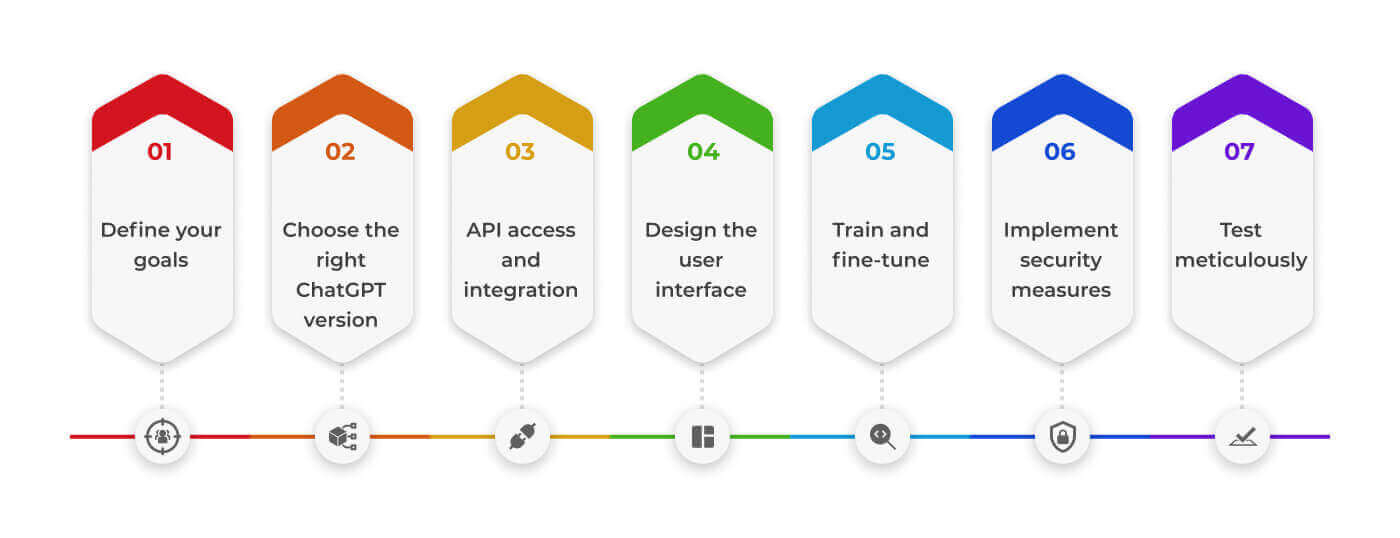
source: fortune soft
Practical Tips for Maximizing ChatGPT Integration
Provide Clear Instructions:
- When prompting ChatGPT, provide clear and concise instructions to ensure accurate and relevant responses.
- Experiment with different prompts to understand how the model interprets and generates text.
Implement Rate Limiting:
- Implement rate limiting for API requests to manage costs and prevent abuse.
- Ensure responsible usage and prevent excessive calls to the ChatGPT API.
Monitor User Feedback:
- Collect and analyze user feedback to understand how users are interacting with ChatGPT.
- Use feedback to make improvements and refine the user experience over time.
Combine ChatGPT with Other Features:
- Consider integrating ChatGPT with other features of your startup's application.
- Combine chat functionality with voice recognition, multimedia content, or other AI-driven components to enhance engagement.
Stay Informed about Updates:
- Stay updated on OpenAI's advancements and updates to ChatGPT.
- New features and improvements may become available, allowing you to enhance and optimize your startup's application.
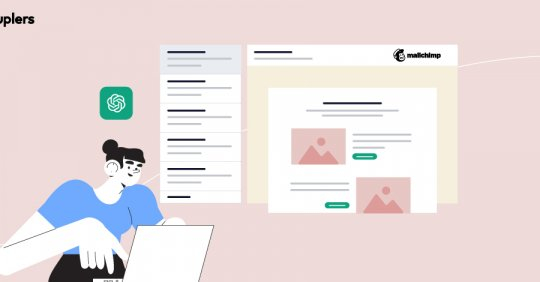
source: email uplers
Use Cases for ChatGPT Integration in Startups
Customer Support Chatbots:
- Implement ChatGPT-powered chatbots to handle customer queries and provide real-time support.
- Improve response times and enhance the overall customer service experience.
Content Generation:
- Use ChatGPT to automate content generation for blogs, social media, and marketing materials.
- Maintain a consistent flow of high-quality content with minimal manual effort.
Interactive Applications:
- Develop interactive applications with chat-based interfaces powered by ChatGPT.
- Increase user engagement and create a dynamic user experience.
Idea Generation Platforms:
- Create platforms that leverage ChatGPT for idea generation and brainstorming.
- Facilitate creativity and innovation within your startup.
Language Translation Services:
- Integrate ChatGPT to provide language translation services within your application.
- Cater to a diverse global audience by breaking down language barriers.
Personalized Recommendation Engines:
- Utilize ChatGPT to analyze user preferences and provide personalized recommendations.
- Enhance user satisfaction by delivering tailored content and suggestions.
Overcoming Challenges in ChatGPT Integration
While the benefits of ChatGPT integration for startups are substantial, it's essential to be aware of potential challenges and proactively address them.
Cost Management:
- API usage comes with associated costs. Implementing rate limiting and monitoring usage can help manage expenses effectively.
Data Privacy Concerns:
- Be diligent about data privacy and ensure that user data is handled securely.
- Encrypt sensitive information and adhere to privacy regulations.
Fine-Tuning Complexity:
- Fine-tuning ChatGPT for specific use cases can be complex.
- Allocate sufficient time and resources to understand the fine-tuning process or seek assistance from experts.
User Acceptance and Understanding:
- Users might have varying levels of comfort and understanding when interacting with AI-driven applications.
- Implement user-friendly interfaces and provide clear instructions to enhance user acceptance.
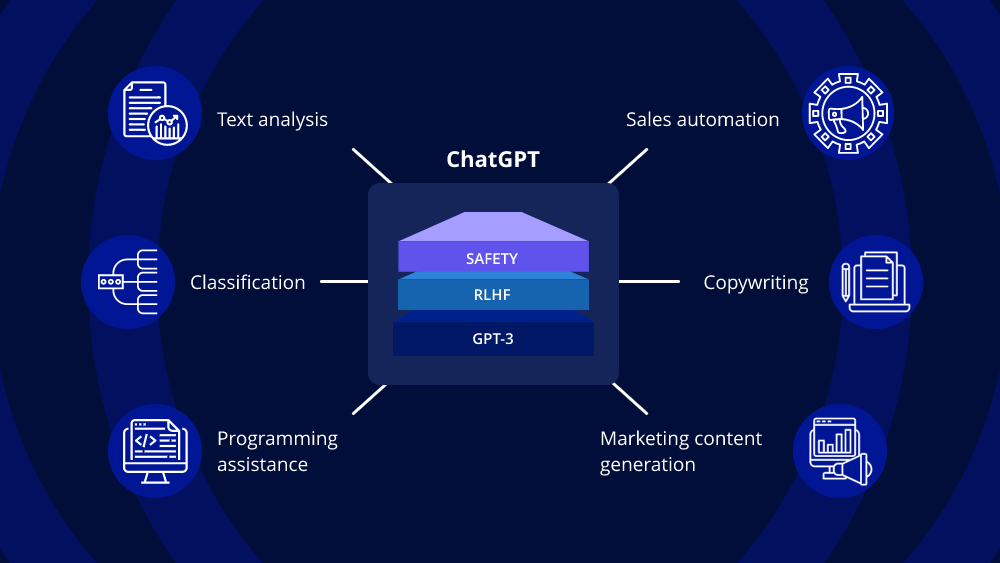
source: leeway hertz
Conclusion
Integrating ChatGPT into startup applications holds immense potential for transforming the way startups engage with users, automate processes, and deliver innovative solutions. By following the steps outlined in this comprehensive guide, startups can harness the power of ChatGPT to enhance customer support, streamline content creation, and create interactive user experiences. Practical tips for integration, insights into use cases, and strategies for overcoming challenges empower startups to leverage ChatGPT effectively.
As startups continue to navigate the competitive landscape, embracing advanced technologies like ChatGPT not only sets them apart but also positions them at the forefront of innovation. The ability to provide personalized and efficient services through chat-based interfaces can be a game-changer, fostering user loyalty and driving sustained growth. As the technology evolves, startups integrating ChatGPT are well-positioned to pioneer new possibilities and lead the way in shaping the future of conversational AI applications.
Visit https://www.cronj.com/blog/chatgpt-integration-with-mobile-benefits-challenges-and-how-to-do-it/







.png)






